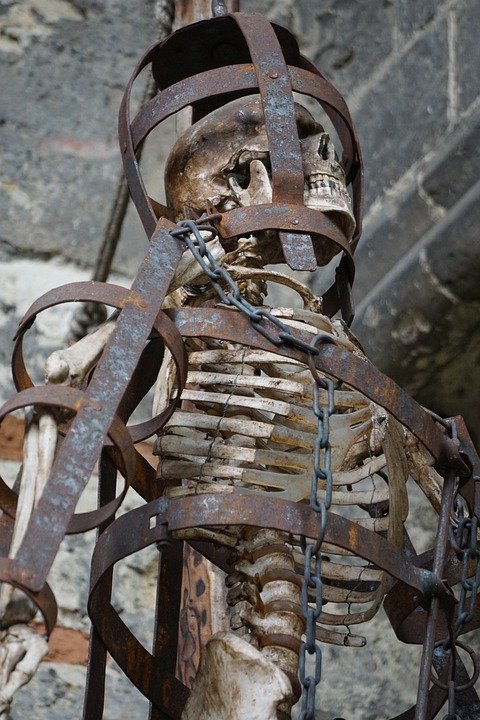
Biopsies are a crucial tool in the diagnosis and treatment of cancer. They are a procedure in which a sample of tissue is taken from a suspected tumor or abnormal growth in the body and examined under a microscope to determine if cancer cells are present. Biopsies are essential in the early detection of cancer, as they provide doctors with important information about the type and stage of the disease, which helps guide treatment decisions.
There are several types of biopsies that can be performed, depending on the location of the suspected tumor and the type of cancer being evaluated. Some common types of biopsies include:

– Needle biopsy: A thin needle is inserted into the tumor to collect a small sample of tissue. This type of biopsy is often used for tumors that are easily accessible, such as those in the breast or prostate.
– Surgical biopsy: A surgeon removes a larger piece of tissue from the tumor during a surgical procedure. This type of biopsy is often necessary when a needle biopsy does not provide enough tissue for an accurate diagnosis.

– Endoscopic biopsy: A thin, flexible tube with a camera on the end is inserted into the body to collect a tissue sample from the tumor. This type of biopsy is often used for tumors in the digestive tract or lungs.
– Bone marrow biopsy: A sample of bone marrow is taken from the hip bone to diagnose blood cancers, such as leukemia or lymphoma.

Biopsies are typically performed in a hospital or outpatient clinic under local anesthesia, which means the patient is awake but does not feel pain during the procedure. After the biopsy, the tissue sample is sent to a pathologist, who examines it under a microscope to determine if cancer cells are present. The results of the biopsy are usually available within a few days and are used to confirm a cancer diagnosis and determine the best course of treatment.
The importance of biopsies in cancer diagnosis cannot be overstated. They are the gold standard for diagnosing cancer and provide doctors with essential information about the type and stage of the disease. This information is critical for developing an individualized treatment plan that is tailored to the specific characteristics of the cancer.
In addition to diagnosing cancer, biopsies are also used to monitor the effectiveness of treatment and detect any changes in the cancer over time. For example, a biopsy may be performed after a course of chemotherapy to determine if the cancer has responded to treatment or if additional therapy is needed.
Furthermore, biopsies can also help doctors determine if a tumor is benign (non-cancerous) or malignant (cancerous). This distinction is crucial, as benign tumors do not spread to other parts of the body and are typically less aggressive than malignant tumors. Knowing whether a tumor is benign or malignant helps guide treatment decisions and gives patients a better idea of their prognosis.
In conclusion, biopsies play a vital role in the diagnosis and treatment of cancer. They provide doctors with essential information about the type and stage of the disease, which helps guide treatment decisions and improve outcomes for patients. By understanding the importance of biopsies in cancer diagnosis, patients can feel more informed and empowered to participate in their own care.

Discover more from Bibliobazar Digi Books
Subscribe to get the latest posts sent to your email.


